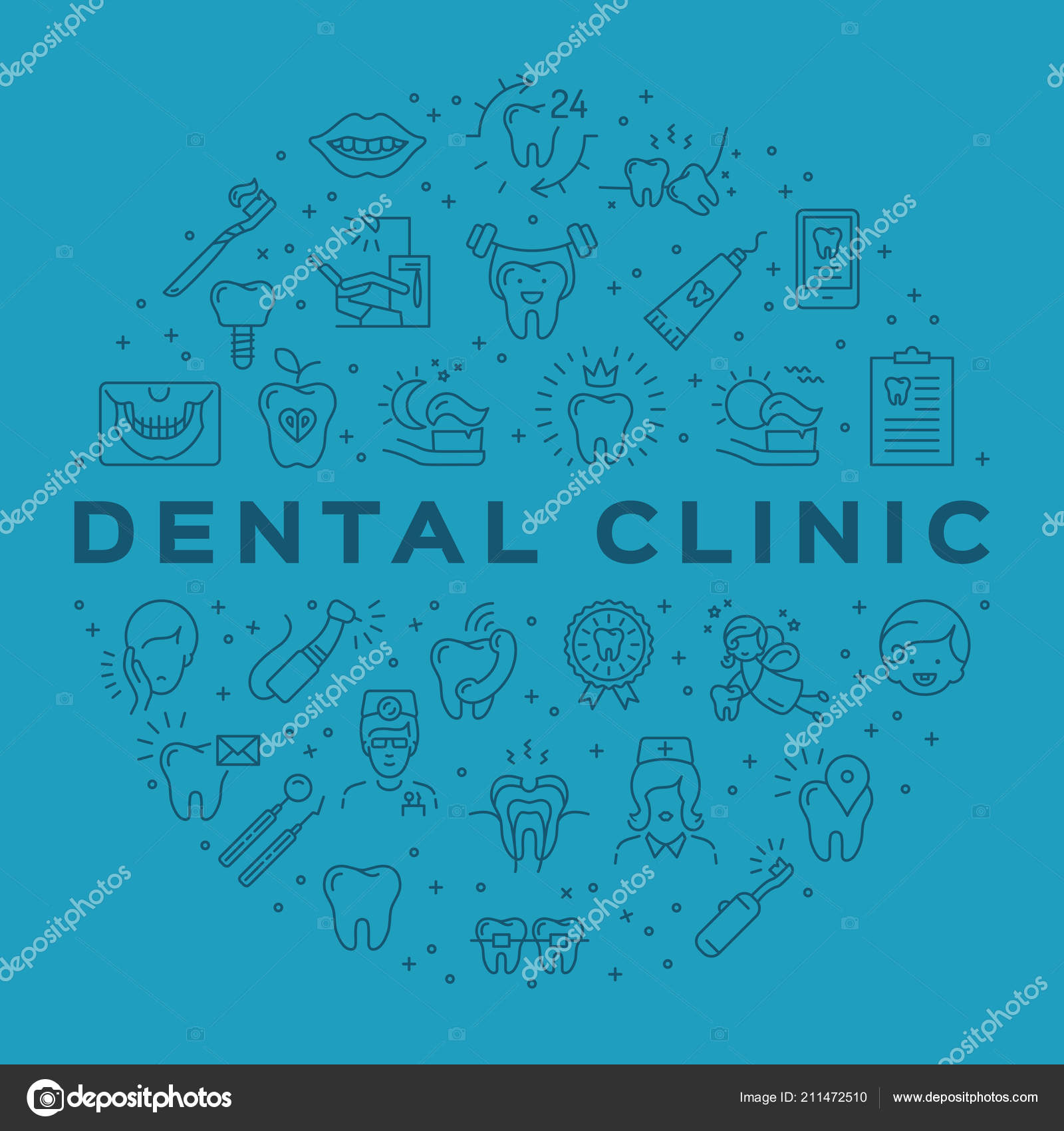Be Planned For Unforeseen Oral Emergency Situations By Recognizing The Signs Of Injury And Knowing When To Look For Urgent Treatment
Be Planned For Unforeseen Oral Emergency Situations By Recognizing The Signs Of Injury And Knowing When To Look For Urgent Treatment
Blog Article
Write-Up Writer-Brady Sonne
If you really feel a sudden shock of discomfort or discover a tooth injury, it can be disturbing. However how do you figure out if it's a dental emergency that calls for immediate attention? Recognizing dental dental insurance and recognizing when to seek help can make all the difference in protecting your dental wellness. Knowing when to act swiftly could mean the distinction in between a quick fix and much more substantial treatment.
Common Kind Of Dental Trauma
What're the common sorts of dental trauma that you should know?
Crashes can happen, bring about different kinds of dental injuries. One common sort of dental injury is a fractured tooth. This can occur from biting down on something hard or experiencing a blow to the face.
https://www.washingtonpost.com/national/health-science/unwise-and-unnecessary-opioids-for-wisdom-teeth-extractions/2019/03/01/f3600a3c-2e33-11e9-86ab-5d02109aeb01_story.html is a busted tooth, where a part of the tooth can chip off. Additionally, you might experience a knocked-out tooth, which can happen during sports or falls. It's essential to take care of the tooth thoroughly and look for prompt oral interest.
Oral injury can likewise include a tooth that has been pushed out of setting or loosened due to an injury. This sort of injury calls for prompt treatment to save the tooth.
Finally, soft cells injuries in the mouth, such as cuts, can also occur from crashes. Finding out about these typical kinds of oral trauma can help you act quickly and properly in case of an emergency situation.
Indications of Dental Emergency Situations
Identifying the signs of dental emergency situations is critical for timely action and appropriate treatment. If you experience severe tooth discomfort that's constant and throbbing, it could suggest an underlying concern that calls for immediate focus.
Swelling in the gum tissues, face, or jaw can also be a sign of an oral emergency, particularly if it's accompanied by discomfort or high temperature. Any type of type of trauma to the mouth resulting in a split, damaged, or knocked-out tooth ought to be treated as an emergency situation to avoid more damage and prospective infection.
Bleeding from the mouth that doesn't stop after applying pressure for a couple of minutes is one more red flag that you ought to look for emergency dental treatment. In addition, if you see any kind of indications of infection such as pus, a nasty taste in your mouth, or a high temperature, it's important to see a dentist immediately.
Ignoring these indications might bring about a lot more significant problems, so it's crucial to act promptly when faced with a potential dental emergency.
Relevance of Immediate Treatment
Trigger activity and immediate therapy are crucial in attending to dental emergency situations to stop additional issues and guarantee optimal end results for your dental health.
When confronted with a dental emergency situation, such as a knocked-out tooth or serious toothache, looking for instant treatment can make a significant distinction in conserving your tooth and easing pain. Delaying treatment can bring about infection, increased discomfort, and even irreversible damages to your teeth and periodontals.
By looking for emergency situation dental care immediately, you increase the possibilities of effective treatment and restoration. Dental practitioners have the necessary abilities and tools to deal with emergencies successfully, reducing the risk of lasting repercussions.
Additionally, instant therapy can help handle discomfort and discomfort, allowing you to resume your daily tasks without interruption.
Final thought
To conclude, understanding oral injury and understanding when to seek emergency treatment is essential for maintaining dental health and wellness.
By identifying common types of oral injuries and the signs of oral emergencies, you can guarantee timely care to stop further damages and problems.
Bear in mind, seeking instant therapy can save teeth, reduce pain, and increase the opportunities of effective healing.
Don't think twice to look for help from a dental specialist if you experience any type of signs of oral injury.
